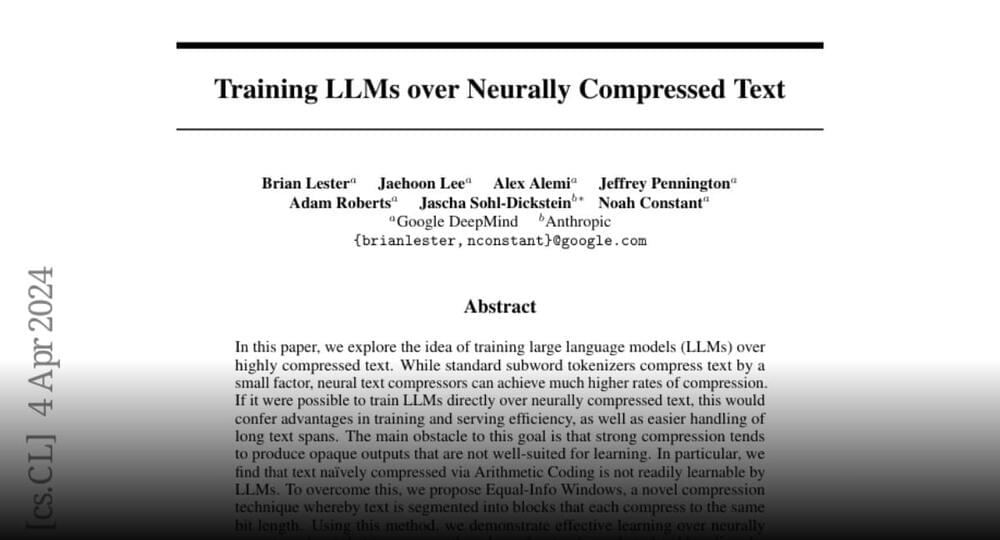A premium WordPress plugin named LayerSlider, used in over one million sites, is vulnerable to unauthenticated SQL injection, requiring admins to prioritize applying security updates for the plugin.
LayerSlider is a versatile tool for creating responsive sliders, image galleries, and animations on WordPress sites, allowing users to build visually appealing elements with dynamic content on online platforms.
Researcher AmrAwad discovered the critical (CVSS score: 9.8) flaw, tracked as CVE-2024–2879, on March 25, 2024, and reported it to WordPress security firm Wordfence via its bug bounty program. For his responsible reporting, AmrAwad received a bounty of $5,500.









